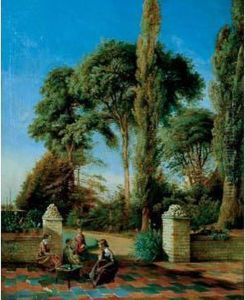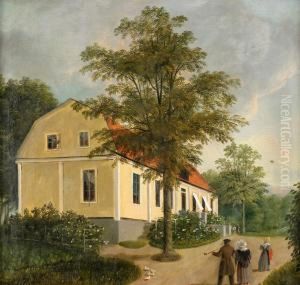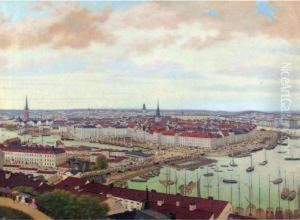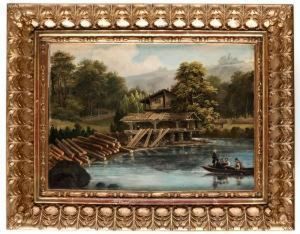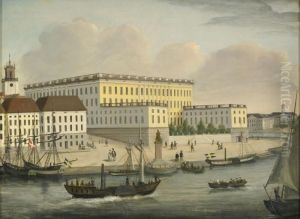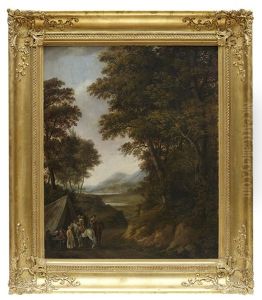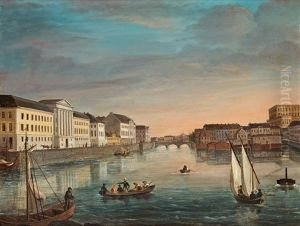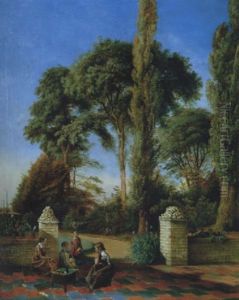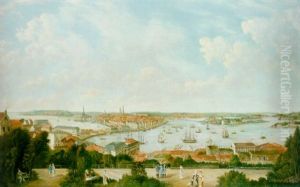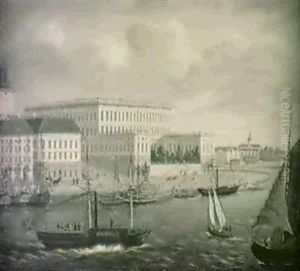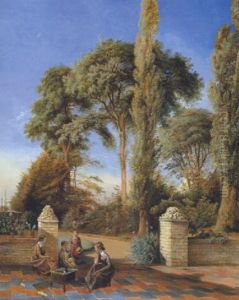Axel Otto Morner Paintings
Axel Otto Mörner was a Swedish artist born on June 24, 1774, in the city of Stockholm. He was part of the noble Mörner family, which played significant roles in Swedish society. Although not as widely known internationally as some of his contemporaries, Mörner was an important figure in the Swedish art scene of his time.
Mörner received his education at the Royal Swedish Academy of Arts in Stockholm, where he studied under various notable artists of the period. He was particularly influenced by the neoclassical style, which was prevalent in European art at the time. His education provided him with a solid foundation in drawing and painting, which he would continue to develop throughout his career.
After completing his studies, Mörner went on to work as a portrait painter. He became quite successful in this genre, painting members of the Swedish royal family as well as other notable figures of Swedish nobility and high society. His portraits were appreciated for their elegance and attention to detail, capturing the character and status of his subjects.
In addition to his work as a portraitist, Mörner was also involved in other artistic pursuits. He served as a court painter and was engaged in the decoration of various palaces and public buildings in Sweden. His work in this area reflects the neoclassical ideals of harmony, proportion, and beauty, which were central to his artistic philosophy.
Mörner's contributions to Swedish art were recognized in his lifetime. He was elected as a member of the Royal Swedish Academy of Arts and held a position of respect within the Swedish art community. Despite the limited international recognition, his work remains an integral part of Sweden's cultural heritage.
Axel Otto Mörner passed away on May 13, 1852, in Stockholm. His legacy is preserved in the collections of various museums in Sweden, including the Nationalmuseum in Stockholm, where some of his works can be viewed by the public. Mörner's life and work offer valuable insights into the artistic and cultural milieu of Sweden during the late 18th and early 19th centuries.
